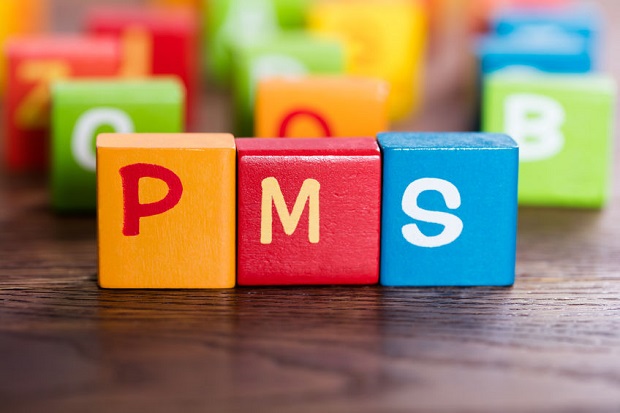
Difference between PMS and PMDD
The differences between PMS and PMDD are often difficult to distinguish. Premenstrual syndrome and premenstrual dysphoric disorder are conditions that women experience prior to the days of menstruation. Symptoms for each of these conditions typically occur before menstruation begins, and they taper off during or shortly after the process. Each condition shares similar physical and emotional symptoms, but significant differences exist in the severity and length of each effect.
Jump Ahead
- What Is PMS?
- What Is PMDD?
- The Symptoms of PMS and PMDD
- Determining Which Condition You Have
- Resources
- Glossary of Terms
What Is PMS?
PMS, Premenstrual syndrome, is common to all menstruating women. A woman may experience emotional and physical changes one to two weeks before the start of a period. These changes may be very slight, or they may be more severe. Most sufferers of PMS have varying degrees of severity every month. When the symptoms of premenstrual syndrome become unbearable and begin to interfere with daily activities, they may be due to premenstrual dysphoric disorder. [1]
What Is PMDD?
Premenstrual dysphoric disorder, PMDD, is a psychological disorder that affects an estimated three to nine percent of women during the menstrual cycle. Symptoms of PMDD are similar to those of PMS; however, the duration and level of severity are longer and stronger. Emotional changes are much more significant when caused by PMDD, and physical changes can often become debilitating. When symptoms occur consistently for several cycles, it is likely that PMDD is the cause. [2]
The Symptoms of PMS and PMDD
Sufferers of both PMS and PMDD may experience a number of similar symptoms. Emotional changes like depression, mood swings, irritability, and anxiety are common in PMS. When these emotions turn to overwhelming hopelessness, anger, or intense lack of concentration, PMDD may be the cause. Physical symptoms associated with PMS are headaches, backaches, cramps, hot flashes, fatigue, and appetite fluctuations. If muscle aches and joint pains become excessive enough to disturb daily activities, or if fatigue turns into insomnia, PMDD is likely to blame. An extreme loss of appetite may also be an effect of PMDD. [3]
Determining Which Condition You Have
Though PMDD is often misdiagnosed as major depression or other mood disorders, there does seem to be some correlation. A recent study, conducted at the University of North Carolina at Chapel Hill School of Medicine, discovered that PMDD is biologically different from depression, but women who suffer from PMDD with a history of depression respond differently to stress and pain than those who had no prior history of depression. [4]
Resources
- [1] Women’s Health.gov – “Premenstrual Syndrome Fact Sheet.”
- [2] Journal of the American Psychological Association; Is PMDD Real? Researchers, physicians and psychologists fall on various sides of the debate over premenstrual dysphoric disorder; 2002, Volume 33, No. 9, page 58
- [3] Mayo Clinic – “Premenstrual Syndrome Symptoms.”
- [4] UNC School of Medicine – “Depression affects how women with PMDD respond to stress, pain.”
- US National Library – “Premenstrual Dysphoric Disorder (PMDD).”
- Science Daily – “Impaired Melatonin Secretion May Play a Role in Premenstrual Syndrome.”
Glossary of Terms
Dysphoria: a state of unease or generalized dissatisfaction with life: adolescents with depression, dysphoria, mania, and anxiety disorders.
Oxford Dictionaries
Insomnia: habitual sleeplessness; inability to sleep
Oxford Dictionaries
Premenstrual: of the time just before a woman’s period.
Cambridge Advanced Learners Dictionary and Thesaurus
Syndrome: a group of signs and symptoms that occur together and characterize a particular abnormality or condition
Merriam-Webster Dictionary
DISCLAIMER: THIS WEBSITE DOES NOT PROVIDE MEDICAL ADVICE
The information, including but not limited to text, graphics, images, and other material on this website, is for informational purposes only. No material on this site is intended to be a substitute for professional medical advice, diagnosis, or treatment. Always seek the advice of your physician or other qualified healthcare providers with any questions you may have regarding a medical condition or treatment before undertaking a new healthcare regimen, and never disregard professional medical advice or delay in seeking it because of something you have read on this or any other website.





